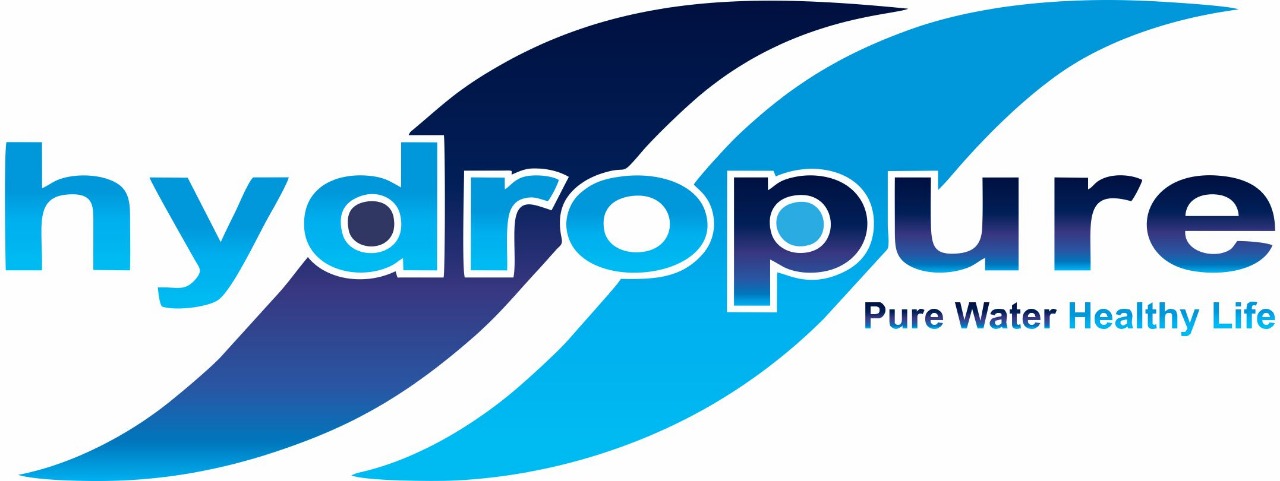Symptoms: Methane and other gases can be flammable (don’t smoke in the shower is a joke frequently told) and explosive.
Causes: Methane occurs naturally, especially in swampy areas where it is called “marsh gas, ” but homeowners in areas where “fracking” is common say that methane has tainted their water more frequently.
Health Concerns: Although methane concentrations in drinking water aren’t regulated, the gas readily comes out of solution and is an asphyxiation and explosion hazard.Action Level: Although methane concentrations in drinking water aren’t regulated, the gas readily comes out of solution and is an asphyxiation and explosion hazard. The US Department of the Interior recommends mitigating methane levels in water if concentrations reach 10-28 mg/l.
More Information:
A simple qualitative test for methane can be done with the use of a plastic, narrow-mouthed milk carton and a book of matches. Use the following procedure:
- Fill the gallon container up to the bottom of the narrow neck. Place hand over the mouth of the bottle. If methane is present, it will collect in the upper portion of the container.
- Bring a lighted match to the mouth of the bottle and quickly move hand away. The presence of methane will result in a brief wisp of blue or yellow flame. Note: It is important that a plastic container be used rather than glass because of possible breakage. This test should be performed outdoors and away from flammable materials.
The best way to remove methane is with our open air system, which also addresses many other issues.

